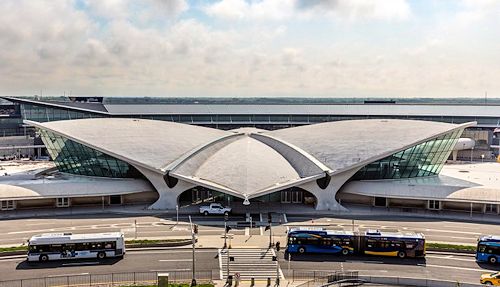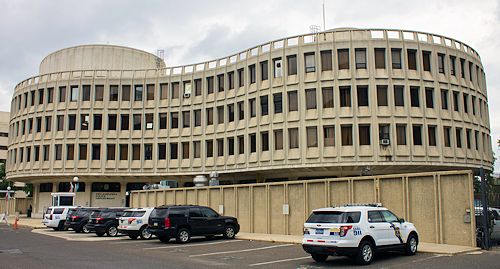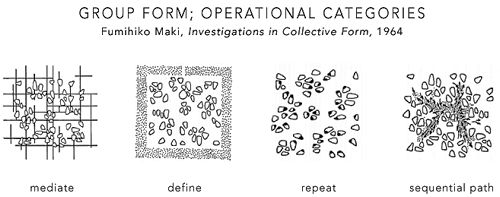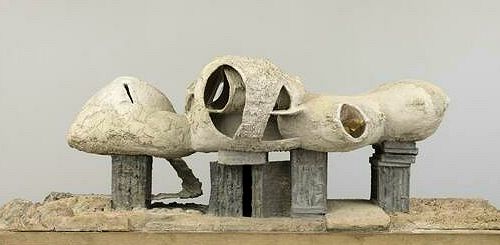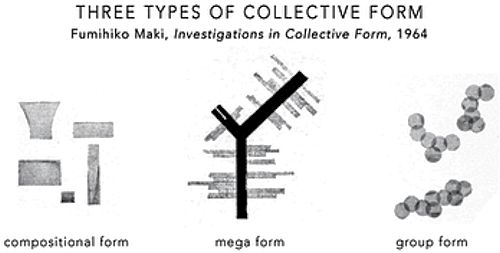behind the scenes | multiple vision |
|
|
|
The horizontal and vertical elements of Saarinen's T.W.A. Terminal and Frederick Kiesler's Endless House are without structural contradiction: they are continuous everywhere.
|
However, precast concrete that is assembled offers ambiguous combinations of continuity and discontinuity, both structural and expressive. The surfaces of the Police Administration Building in Philadelphia include patterns of shadow joints separating precast elements whose curving inflections, however, evolve continuous profiles-a paradoxical play of continuity and discontinuity inherent in the expression and the structure of the architecture.
|
A kind of implied continuity or inflection is inherent in Maki's "group form." This, the third category in the designation of complex architecture he calls "collective form," includes "generative" parts with their own "linkage," and wholes in which the system and unit are integral. He has referred to other characteristics of group form which indicate some of the implications of inflection in architecture. A consistency of the basic parts and their sequential relationship permit a growth in time, a consistency of human scale, and a sensitivity to the particular topography of the complex.
|
|
|
|
|
www.quondam.com/32/3207o.htm | Quondam © 2020.05.05 |
